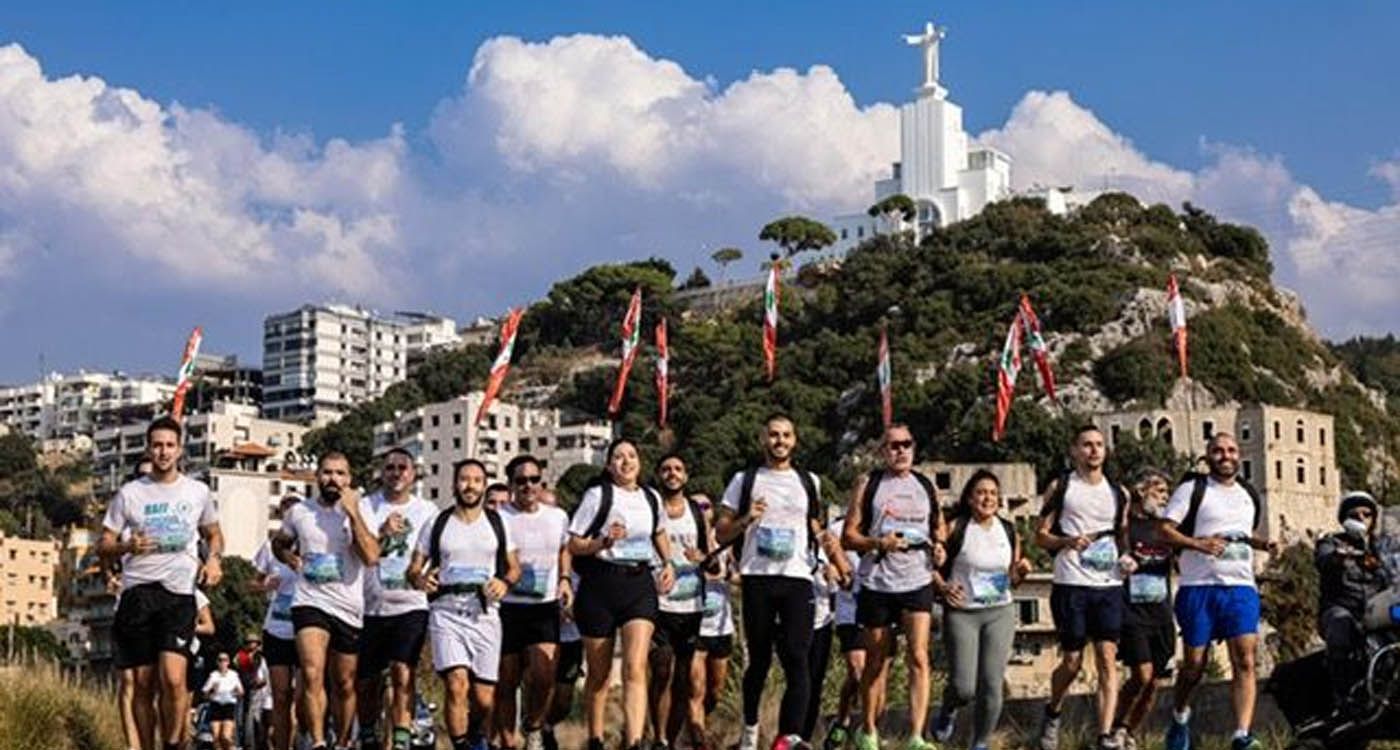
The Beirut Marathon Association (BMA) organized the "Race for Peace," a 94-kilometer relay crossing Lebanon from Tripoli to Beirut, to promote solidarity and the dignity of the country in the face of violence. The event, gathering 250 runners, took place on November 10, a symbolic date initially chosen for the 20th Beirut Marathon.
The Beirut Marathon Association (BMA) organized a unique and meaningful event: the "Race for Peace," a 94-kilometer relay crossing Lebanon from Tripoli to Beirut. With 250 registered runners, this challenge brought together athletes from various backgrounds to display their solidarity in the face of the violence of war while claiming the dignity and sovereignty of the country. "We decided to organize this highly symbolic event on November 10, initially set for the 20th Beirut Marathon," explained BMA Secretary General Hassan Mehieddine to This is Beirut.
Symbolic Event, Challenging Course
The race began at 6 AM at the starting line of the Rashid Karame International Fair in Tripoli. The start, given by Ehrabi Nael, director of races for the Beirut Marathon Association, and Françoise Nehme, operations director, was marked by strong energy. The runners, dressed in running gear and carrying Lebanese flags, were determined to go all the way.
The relay was organized into teams of 15 to 20 runners, allowing them to alternate to cover the distance. These teams were composed of members from the 542 training program, the Lebanese Army, Internal Security Forces, and running enthusiasts. This format not only allowed for a steady pace but also effectively managed fatigue, an essential aspect on such a demanding course.
The relays were well organized, with aid stations approximately every 10 kilometers, where volunteers ensured hydration and energy supplies for the athletes. Each runner was responsible for their segment, and team spirit was palpable at each baton exchange. Despite difficult conditions, the participants' determination did not wane.
The course initially ran along the Lebanese coast, passing through Mina, the famous port of Tripoli, then the Olympic Stadium, before reaching the Beirut Corniche. The race featured a succession of varied terrains: urban roads, seaside paths, and increasing heat as hours passed. Although the sea breeze provided some relief, the physical challenge was considerable.
The arrival at the Beirut Corniche, after more than 10 hours of continuous effort, was met with enthusiasm. Support teams, spectators, and members of the Association were present to congratulate the runners. The first arrivals crossed the line under a shower of applause. The president of the Beirut Marathon, May al-Khalil, praised participants' commitment by calling them "runners for peace in times of war." "Your determination today was more than a sporting performance," she declared. "It was an act of resistance."
To mark the end of this symbolic race, a large model representing a map of Lebanon was installed at the finish line, with a pole for each governorate bearing the Lebanese flag. A clear message was displayed: "We run for 10,452 km," affirming Lebanon's territorial sovereignty and unity among its citizens.
Common Goal
This event brought together athletes from diverse backgrounds around a common goal: to show that despite difficulties, Lebanon remains standing. The "Race for Peace" transcended sporting boundaries to become a powerful act of solidarity and resilience. A strong message was sent: even in times of war, Lebanon continues its struggle for freedom and unity.

Comments